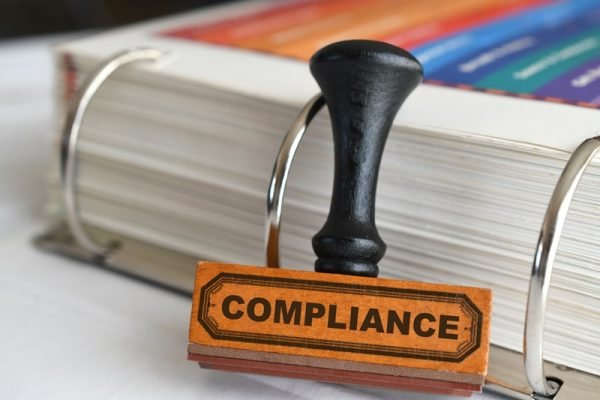
Susan Du Becker on Regulatory vs. Business Compliance [Podcast]
- By aya
Last updated on February 14th, 2025
Introduction
Compliance is a cornerstone of organizational success, ensuring adherence to laws, regulations, and internal policies. Yet, the terms “regulatory compliance” and “business compliance” are often misunderstood or used interchangeably. In this podcast, Susan Du Becker, an esteemed expert in compliance and business ethics, sheds light on the critical differences between these two aspects. She shares practical advice on overcoming challenges and implementing effective compliance strategies, making this a must-listen for professionals across industries.
Understanding Regulatory Compliance
Regulatory compliance refers to the process of following rules, laws, and regulations imposed by external governing bodies. These regulations are designed to maintain industry standards, protect stakeholders, and ensure ethical practices. Examples include the General Data Protection Regulation (GDPR) for data privacy, Occupational Safety and Health Administration (OSHA) standards for workplace safety, and environmental laws for pollution control.
Failing to meet these requirements can lead to severe consequences, such as hefty fines, legal actions, or damage to an organization’s reputation. Therefore, businesses must establish robust systems to monitor changes in regulations and implement them effectively.
Defining Business Compliance
Business compliance, on the other hand, focuses on an organization’s internal policies, procedures, and ethical guidelines. Unlike regulatory compliance, which is legally enforced, business compliance is driven by a company’s values, mission, and strategic goals. It often includes codes of conduct, corporate governance frameworks, and social responsibility initiatives.
For instance, a company may establish policies to promote workplace diversity, reduce its carbon footprint, or encourage ethical decision-making. While non-compliance may not lead to legal penalties, it can result in reputational damage, loss of employee morale, or a decline in customer trust.
Business compliance reflects the organization’s commitment to integrity, creating a culture where ethical behavior is a shared responsibility.
Key Differences Between Regulatory and Business Compliance
- Authority: Regulatory compliance is dictated by external laws and regulations, whereas business compliance is governed by internal leadership and policies.
- Consequences: Non-compliance with regulations can lead to fines, lawsuits, or license revocations. In contrast, lapses in business compliance can result in reputational risks, employee dissatisfaction, and weakened stakeholder trust.
- Customization: Regulatory compliance follows strict, predefined standards applicable across industries. Business compliance, however, is flexible and tailored to meet the unique needs and values of an organization.
Understanding these differences allows organizations to allocate resources more effectively and ensure both legal and ethical obligations are met.
Challenges in Maintaining Compliance
- Evolving Regulations: The regulatory landscape is constantly changing, with new laws introduced regularly to address emerging issues like cybersecurity threats or climate change. Companies must stay vigilant to remain compliant.
- Resource Constraints: Compliance initiatives often require investments in specialized personnel, advanced technology, and continuous training programs. Smaller organizations may struggle to meet these demands.
- Cultural Resistance: Employees may resist compliance initiatives, perceiving them as restrictive or unnecessary. This resistance can undermine efforts, especially when compliance involves significant changes to established workflows or behaviors.
By recognizing these challenges, organizations can adopt proactive strategies to address them effectively.
Strategies for Effective Compliance
- Invest in Training: Regular training programs ensure employees are aware of the latest regulations and internal policies. Empowering staff with knowledge reduces the likelihood of unintentional breaches.
- Use Technology: Implement compliance management systems to automate tasks such as monitoring, reporting, and auditing. This reduces human error and enhances efficiency.
- Encourage Transparency: Promote a culture where employees feel safe reporting potential issues or seeking guidance. Transparent communication builds trust and reinforces the importance of compliance.
- Collaborate with Experts: Engaging compliance consultants or legal advisors can provide organizations with insights into best practices and help navigate complex regulatory requirements.
These strategies not only simplify compliance but also strengthen the organization’s overall operational framework.
Conclusion
Susan Du Becker’s insights into regulatory and business compliance reveal the intricate balance organizations must maintain. Regulatory compliance safeguards legal standing, while business compliance enhances ethical credibility and stakeholder confidence.
By addressing the challenges and adopting strategic measures, organizations can create a resilient framework that supports sustainable growth. To dive deeper into these insights and hear practical examples
